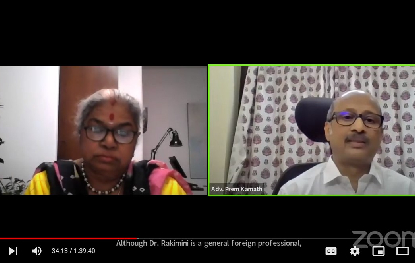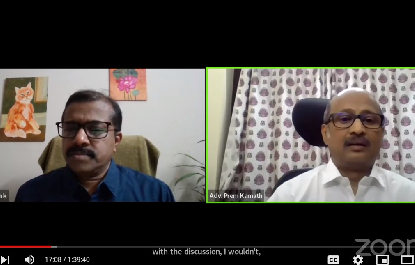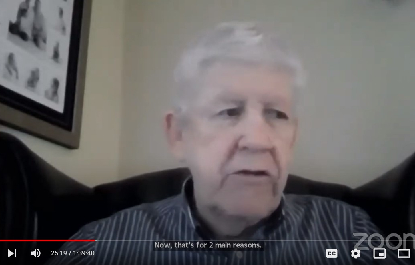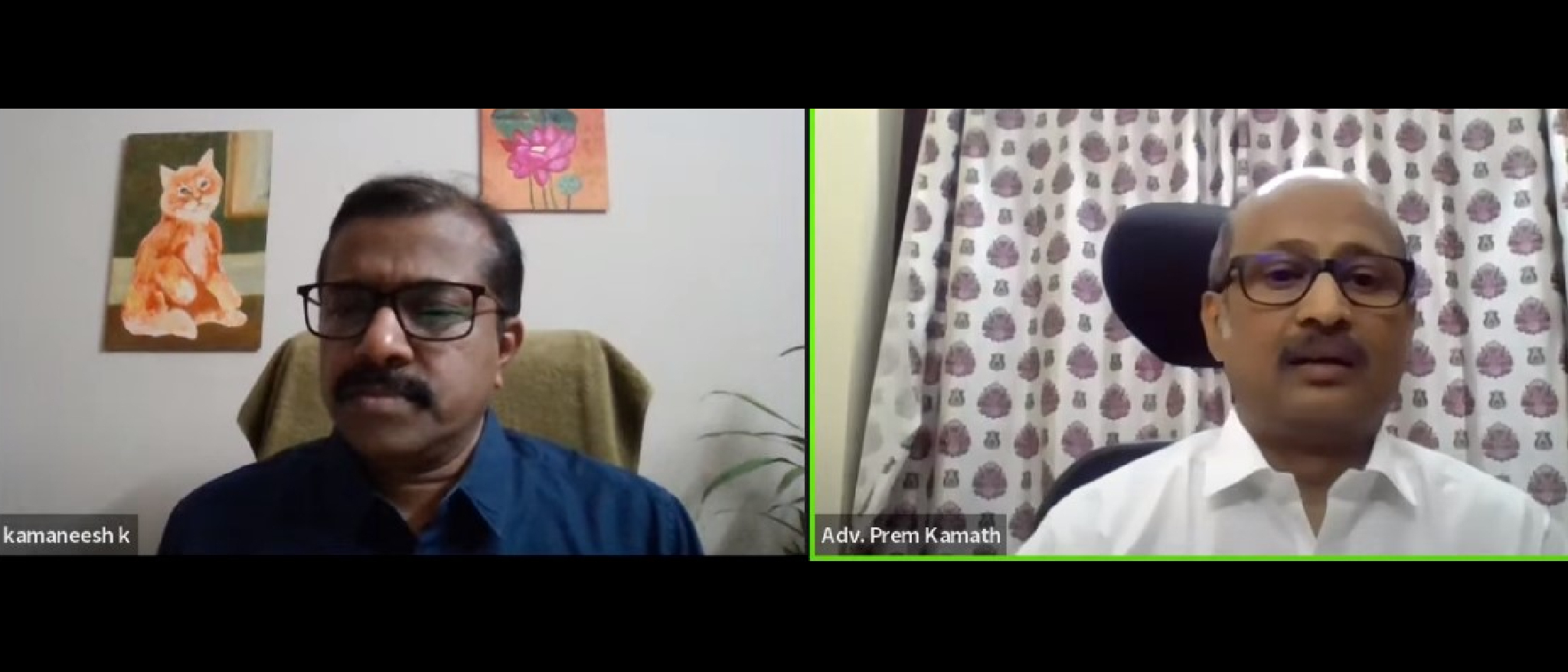The Technology, Security, and Transparency (TST) working group of C20 organised an insightful webinar on the Trustworthiness of Cyber Forensic in Cyber Crimes and the associated challenges. Distinguished speakers shared their expertise and unanimously emphasized the difficulties encountered in collecting, preserving, and producing evidence during investigations.
Advocate Prem Kamath, Lawyer at the Kerala High Court, initiated the discussion by highlighting the relevance and future of cyber forensics in the coming decade.
Mr. K. Kamaneesh, Special Judge for NIA cases in Ernakulam, emphasized the importance of communication privacy and the need to educate law enforcement in advanced methods.
Mr. Paul Wright, Senior Advisor of Forensic Technology & Investigations at Accuracy, discussed traditional criminal investigation techniques, emphasizing the significance of preliminary information gathering to identify digital evidence. He stressed the importance of following regulations, guidelines, and standards set by organizations like the National Institute of Standards and Technology and the Association of Chief Police Officers in the UK to ensure the trustworthiness of collected digital evidence. He also highlighted the importance of protecting the integrity of the collected data, maintaining detailed records, and utilizing visual aids such as sketches, photographs, and videos for transparency in digital evidence.
Mr. Barath Rajagopalan J Iyer underscored the importance of documenting crimes and ensuring that the documentation enables recreation and answers questions regarding how, why, what, and where a particular crime occurred. He also addressed challenges in forensic investigations, including validating and authenticating collected data for further investigations, particularly in cases involving ransomware, data breaches, and suspected evidence.
Ms. Rukmini Krishnamurthy began her conversation by discussing the growth and impact of digital forensics. She highlighted the existing gap between collecting, preserving, and producing evidence in digital forensic and the challenges associated with earlier forensic technologies. She referenced specific cases, such as the Joshi Abhyankar murder case, where technologies like LCMs and GSMs were utilized to solve crimes. She also emphasized the advantages of utilizing CCTV and GPS technologies in forensic investigations and noted that digital devices are involved in all types of crimes, be they digital, physical, or conventional. Ms. Krishnamurthy shared examples of cybercrime cases she had dealt with to illustrate her points.







